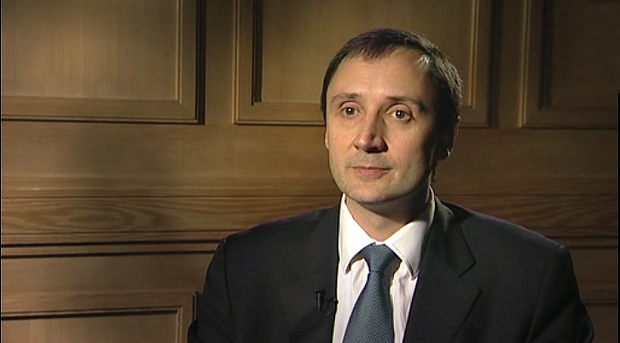Over at the Telco 2.0 blog there’s a fascinating interview with Simon Aspinall, MD of Cisco’s Internet Business Solutions Group. The essence of the interview, and the excerpt from a white paper by Cisco about their “medianet” strategy, is that the web is moving to video. Not just consumers uploading clips to sites like YouTube or Vimeo, but actually watching TV over the internet.
According to Cisco, by 2012 nearly 90% of all consumer IP traffic will be video. Think about that for a second.
They also say that, globally, they anticipate that the amount of data exchanged over the internet in 2012 will reach 44 Exabytes (that’s 44 billion Gigabytes) – per month! That’s six times greater than in 2007, and the main reason for this huge increase lies with the expected growth in video.
High-speed internet connections continue to get ever more affordable. As a result of all this available bandwidth, web visitors are increasingly demanding a richer, higher-quality internet experience. Today, that means video. Not just the YouTube phenomenon, but what companies like Cisco like to call “TV over Telecom”. Have you noticed how more and more TV companies now have websites where you can watch TV shows that you may have missed the first time around? That’s an example of TV over Telecom.
However, the future of internet TV is a lot more than catching up on last night’s episode of CSI. Cisco is talking about a future of video interactivity allowing users to choose any type of content, from anywhere, and view it pre-optimized for whatever device that they happen to be in front of at the time – TV, computer, mobile phone, whatever.
Depending on your business, leveraging the additional power of video messaging can help increase your market reach, differentiate your value offering, educate your target market, train your channel partners, grow your website visitor rate, and generate more leads.
Video is no longer the reserve of large organizations with vast marketing departments and bottomless budgets.

